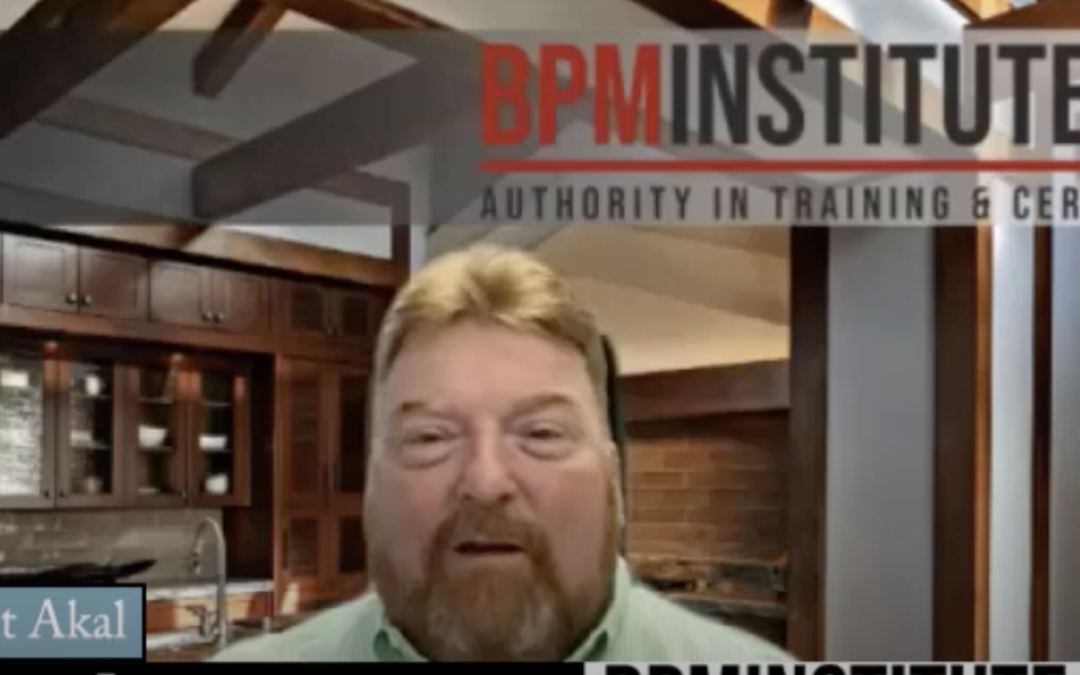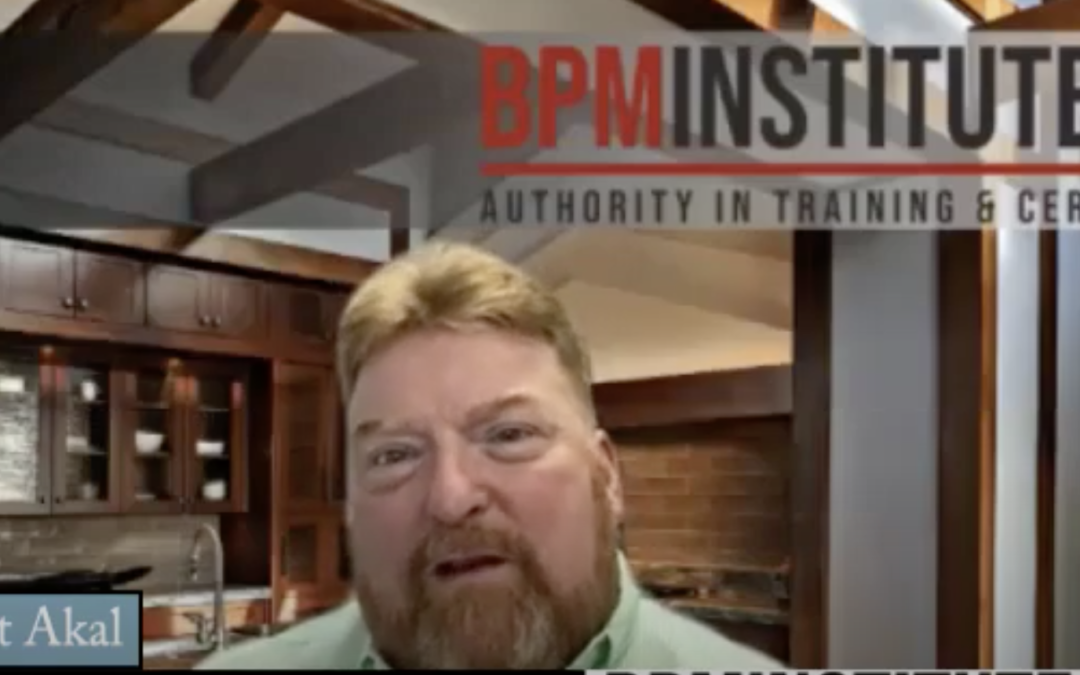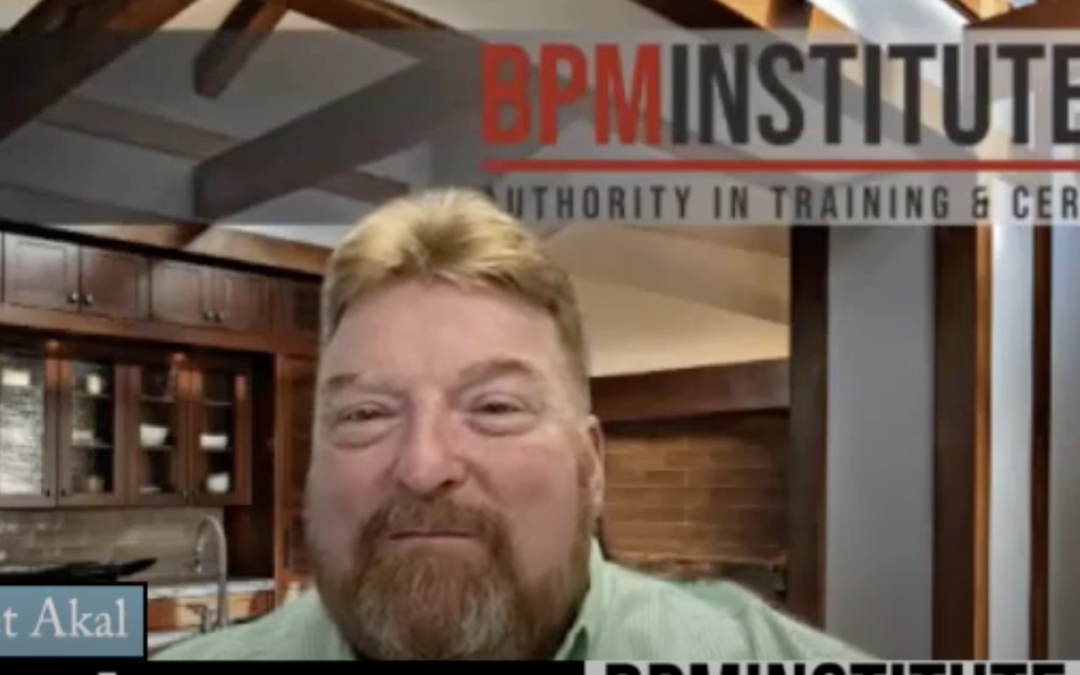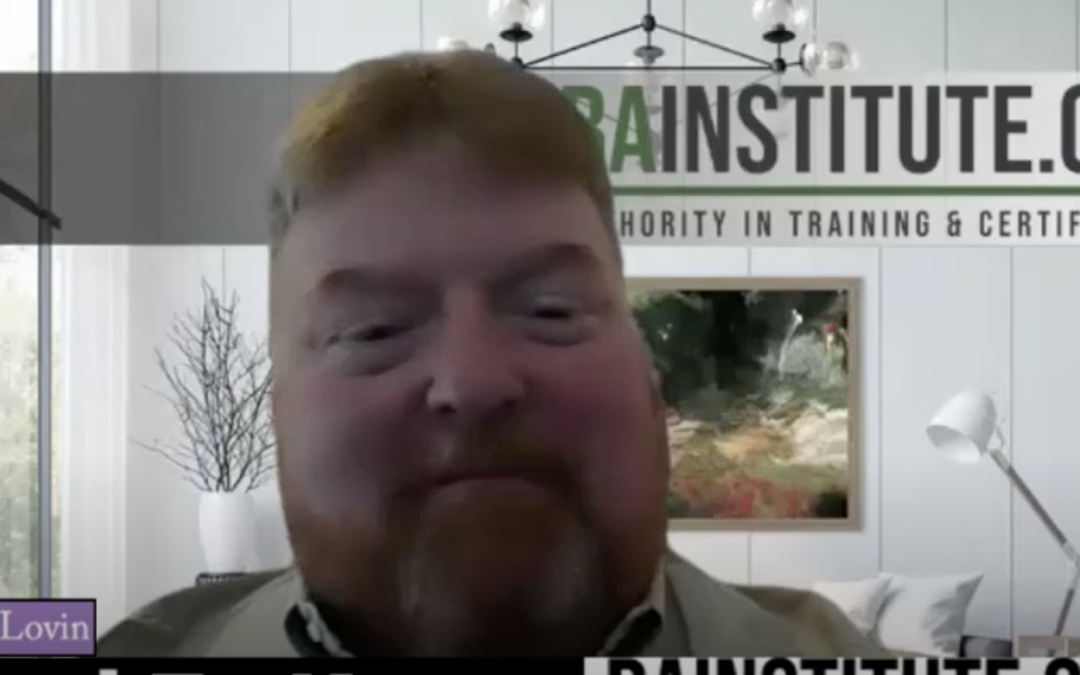There are so many pitfalls you just got to be careful. You shouldn’t boil the ocean. You know agile methodology is key here. You should just pick a minimum viable product and start with that and then go from there.


There are so many pitfalls you just got to be careful. You shouldn’t boil the ocean. You know agile methodology is key here. You should just pick a minimum viable product and start with that and then go from there.

BPM methodology really establishes a healthy cadence and that cadence is necessary for collaboration and for transformative process improvement.

As we started listening to the voice of the process, we started to see the weakest links. Those were the opportunities that we had to look into.

Gregg Rock interviews Ahmet Akal about his experiences using his BPM knowledge in his career.

I think what we're seeing is that organizations are subject to continuous change and that change happens in a nonlinear fashion. The speed of change in the external environment surrounding today's organization has accelerated.

In essence, what Business Architects do is rebuilding the data and the system architecture of the organization from the ground up, starting from the business layer.

Business architects come in a variety of specialties, and I think we need to recognize that you have strategists.

Organizations that are rich in workflows and in business roles, such as insurers, claims adjudicators, lenders, and transportation companies tend to have a greater appreciation for what business architecture can provide.

"Gravitating towards business architecture has really been like a natural evolution. I quickly realized that analyzing and distilling the customers’ requirements was a lot more interesting than coding the spec. And then, moreover, understanding the “why” behind the...

Simona has been a contributor and member of our institute since 2016. She’s going to share her experiences around business architecture.
Everyone starts here.
You're looking for a way to improve your process improvement skills, but you're not sure where to start.
Earning your Business Process Management Specialist (BPMS) Certificate will give you the competitive advantage you need in today's world. Our courses help you deliver faster and makes projects easier.
Your skills will include building hierarchical process models, using tools to analyze and assess process performance, defining critical process metrics, using best practice principles to redesign processes, developing process improvement project plans, building a center of excellence, and establishing process governance.
The BPMS Certificate is the perfect way to show employers that you are serious about business process management. With in-depth knowledge of process improvement and management, you'll be able to take your business career to the next level.
|
Courses
|
|
|
|
Courses
|
|
|
|
Courses |
|
|
Business Architecture
|
|
|
|
Courses |
Certificate
|
|
Courses
|
|
|
|
Courses |
Certificate
|